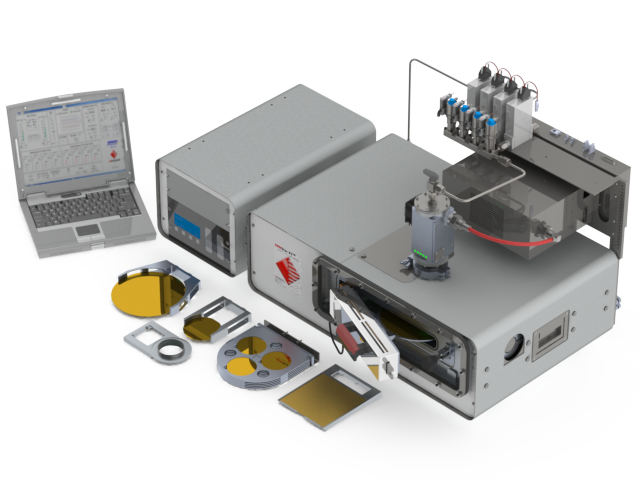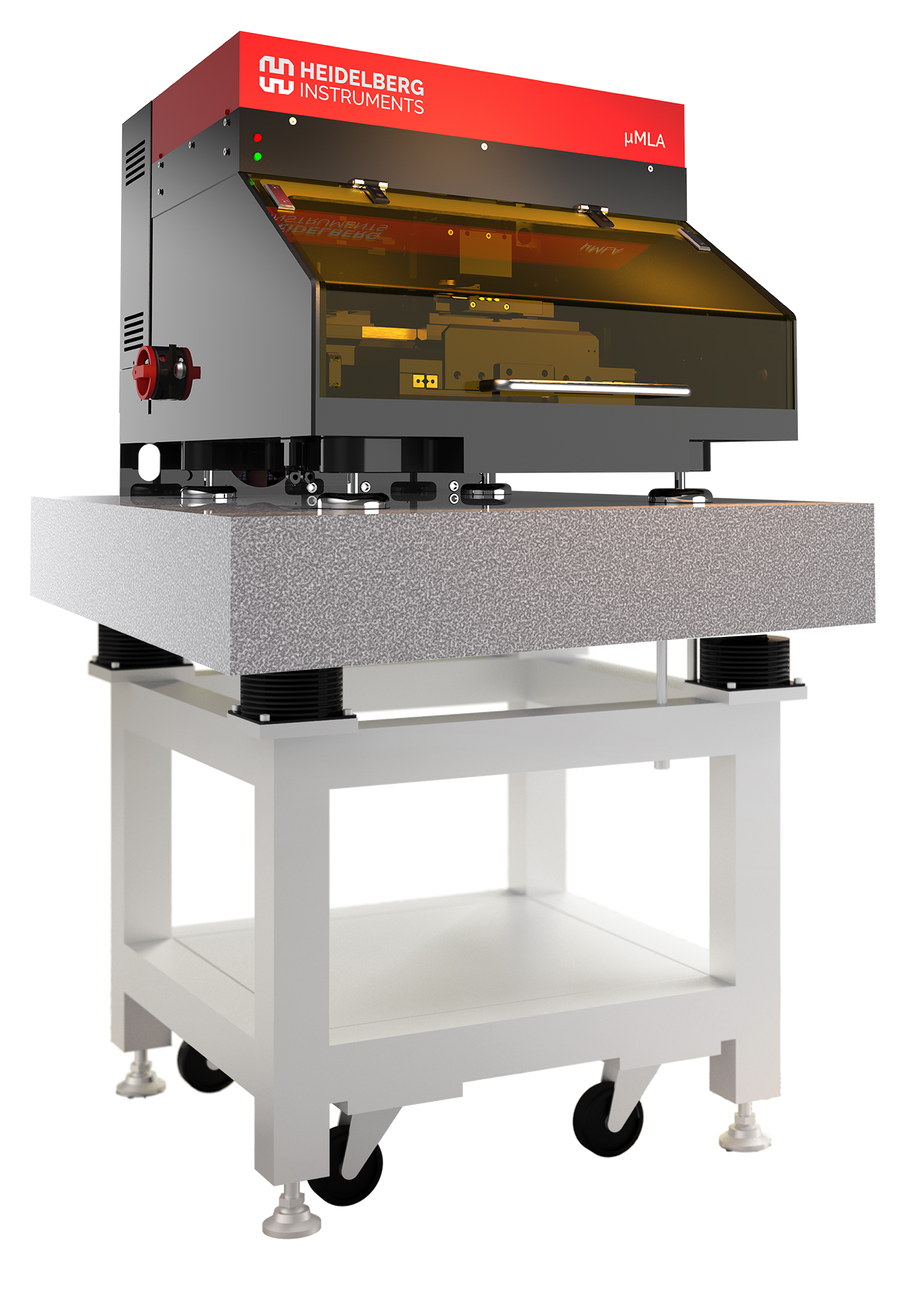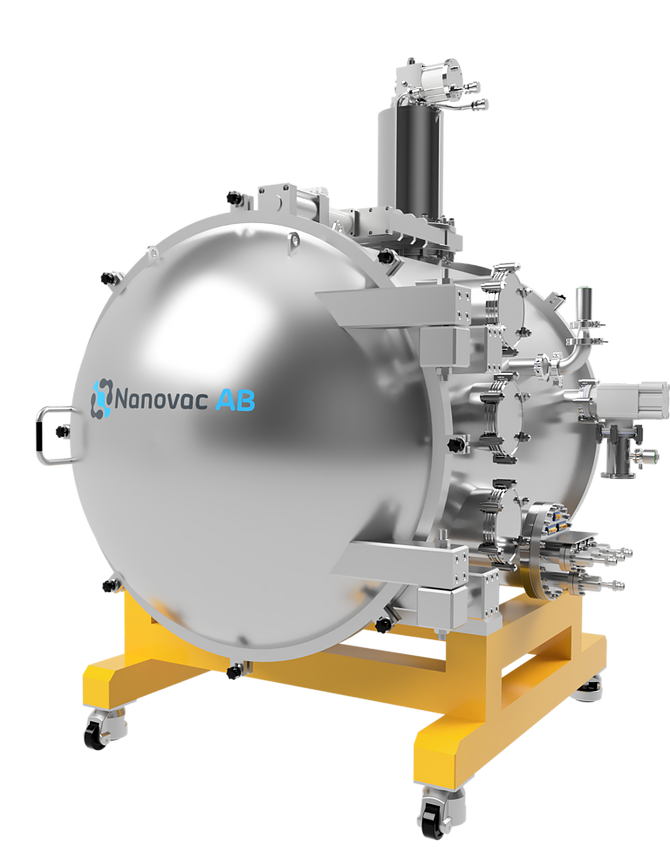Graphene and 2D materials push electronics beyond Moore’s Law
Recently, an interesting study (as reported by The Manchester University) has been published about spintronics, a field of computer device development, which could use graphene as a fundamental for next generations of electronics.
Spintronics, as the result of electronics and magnetism at nanoscale, leads to electronic development at speeds exceeding Moore’s law. This combination could result in the improvement speed and storage capacity of the phones working with spin-based transistors and memories.
In this publication the combination of graphene and other 2D materials, therefore fabrication of heterostructures and their ability in including proximity-enabled spin-orbit effects, coupling spin to light, electrical tunability and 2D magnetism has been reviewed.
According to Dr Ivan Vera Marun, Lecturer in Condensed Matter Physics at The University of Manchester: “The continuous progress in graphene spintronics, and more broadly in 2D heterostructures, has resulted in the efficient creation, transport and detection of spin information using effects previously inaccessible to graphene alone.
“As efforts on both the fundamental and technological aspects continue, we believe that ballistic spin transport will be realised in 2D heterostructures, even at room temperature. Such transport would enable practical use of the quantum mechanical properties of electron wave functions, bringing spins in 2D materials to the service of future quantum computation approaches.”
Controlled spin transport in graphene and other two-dimensional materials are promising in van der Waals heterostructures. Many spintronic devices such as sensors, memories and disk drive are already being produced.
Professor Francisco Guinea, co-author of the publication, said: "The field of spintronics has brought to light a number of novel aspects in the behaviour of solids. The study of fundamental aspects of the motion of spin carrying electrons is one of the most active fields in the physics of condensed matter.
"The identification and characterisation of new quantum materials with non-trivial topological electronic and magnetic properties is being intensively studied worldwide, after the formulation, in 2004, of the concept of topological insulators. Spintronics lies at the core of this search. Because of their purity, strength and simplicity, 2D materials are the best platform to find these unique topological features that relate quantum physics, electronics and magnetism."
Application of graphene and 2D materials is leading to demonstration of spintronic devices such as coupled nano-oscillators for applications in fields of space communication, high‐speed radio links, vehicle radar and interchip communication applications.
Reference: Colloquium: Spintronics in graphene and other two-dimensional materials,
Rev. Mod. Phys, 2020.





